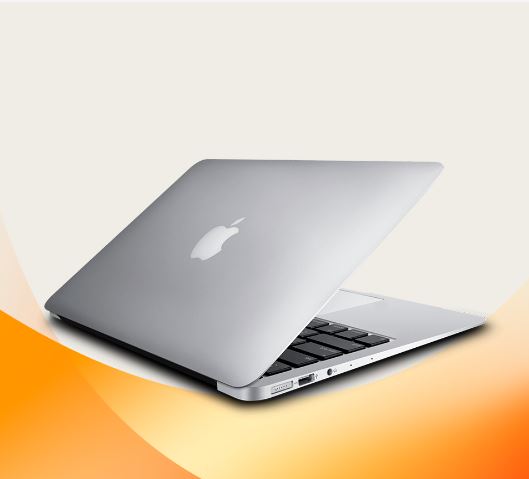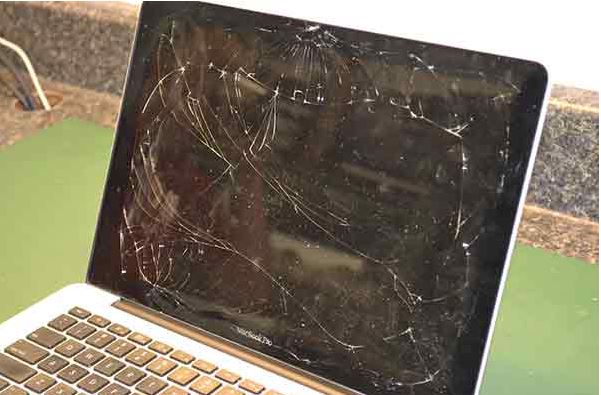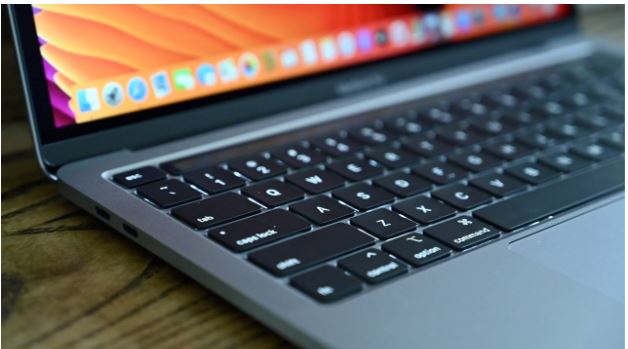Replacement Screens for MacBook Pros Offer the Best Picture Quality
The importance of having the right materials for a project cannot be overstated. In order to save time and money, it’s imperative to gather all required materials in advance, avoiding any last-minute trips to the store or online purchases. Here are some tips on how to gather materials so that your project can be completed efficiently and with minimal hassle.
The macbook pro screen replacement offers a wide range of options for those looking to replace their old or damaged screens. First, make a comprehensive list of all items needed for the project, including tools, supplies, parts, and components. Before purchasing anything, it’s important to review product specifications to ensure you know exactly what you need and avoid confusion, incorrect purchases, or duplicates.
Second, it’s a good idea to look around your home or workspace for items that can be used instead of buying something new. For example, scrap wood from a previous project or bits and pieces from old furniture projects might come in handy. Also, consider gathering spare components such as nuts and bolts, in case they’re needed during assembly, rather than having to go out for more parts later.
With the list of materials complete, it’s time to go shopping! If there’s an item that is commonly used, it may be wise to purchase more than one to have on hand for future projects.
When it comes to computer use, proper power management is key. Leaving your computer on all the time can result in serious problems and also waste energy. To avoid these issues, it’s important to turn off your computer and unplug its power source when not in use.
Turning off your computer completely, especially if you’ll be away for an extended period of time or not using it for more than a few days, allows the components to cool down and reset themselves, preventing any malicious software from running in the background. Additionally, powering down your computer regularly helps save energy costs associated with leaving it on all day long even when not in use.
Along with shutting down your computer regularly, unplugging its power source from both the wall outlet and the back of the machine itself is just as important. This helps ensure that electrical surges that occur while away don’t damage internal components or corrupt data stored on hard drives due to sudden power loss.
Removing the bottom panel of a laptop can be a daunting task, but with the right steps and caution, you can do it successfully. Before beginning, make sure the laptop is powered off and unplugged from any power sources. The first step is to remove screws located around the edges of the laptop, most likely on the underside near where it connects with its stand or baseplate. Next, gently pry apart any plastic clips around the edges of the panel using a flathead screwdriver or similar item, such as an old credit card. Once all clips are removed, slowly lift up on one side of the panel until it pops out from its housing and continue lifting until it comes free entirely from the frame.
When disconnecting a screen from a motherboard, it’s important to take the necessary precautions to avoid damaging components. The first step is to turn off the screen and unplug it from the wall outlet. Make sure you have a Phillips head screwdriver, an anti-static wrist strap or grounding device, and appropriate pliers for handling delicate connectors on hand. Locate the screws on either side of the monitor near where it connects to the motherboard, loosen them with a screwdriver, and lift up on them to remove them completely. Carefully lift up on one edge of the monitor until it comes away from the motherboard, taking care not to pull too hard and potentially damage both pieces or cause something else inside the computer case to become disconnected. After removing any other cables connecting the two pieces, such as audio or video cables, you can safely disconnect the screen from the motherboard.






